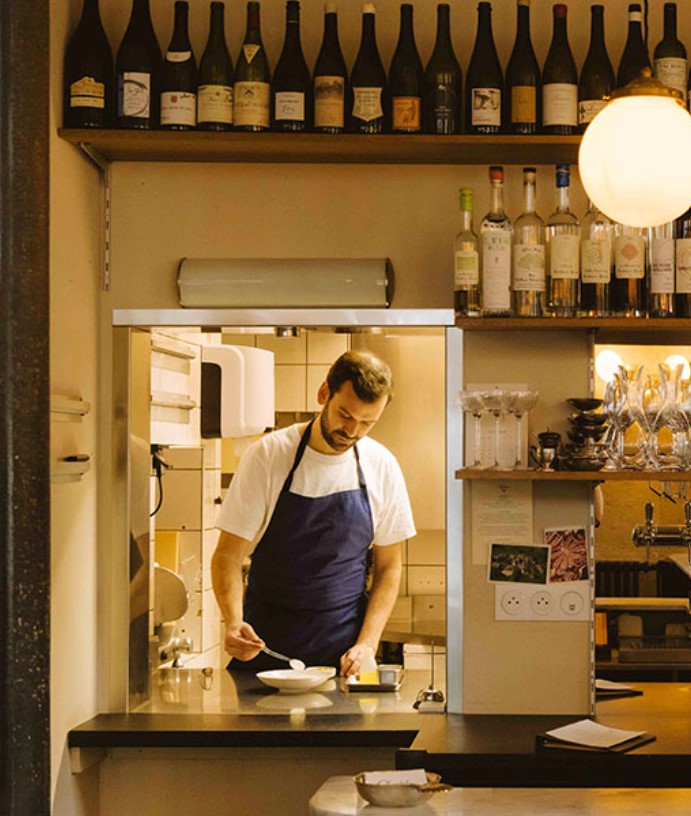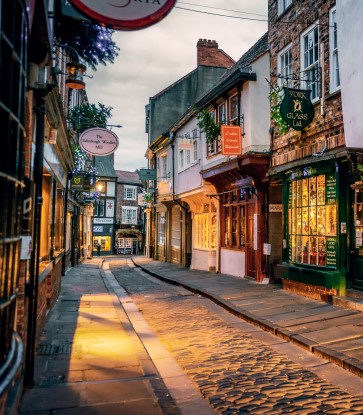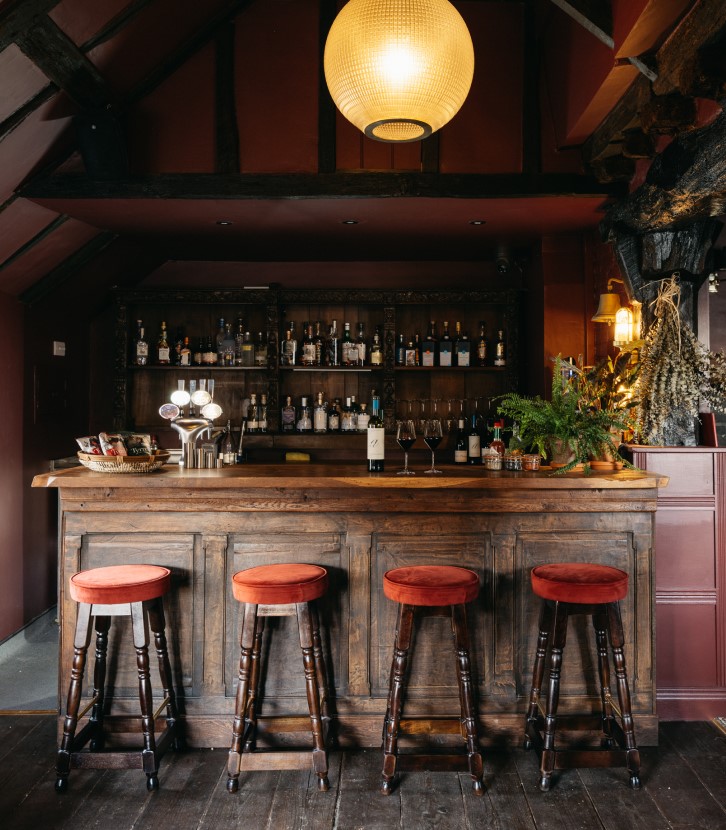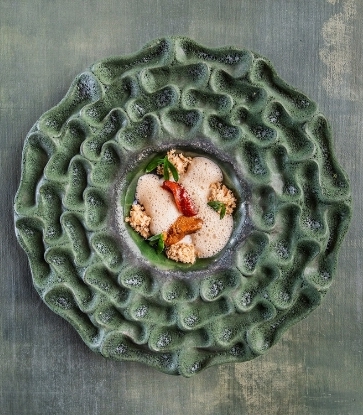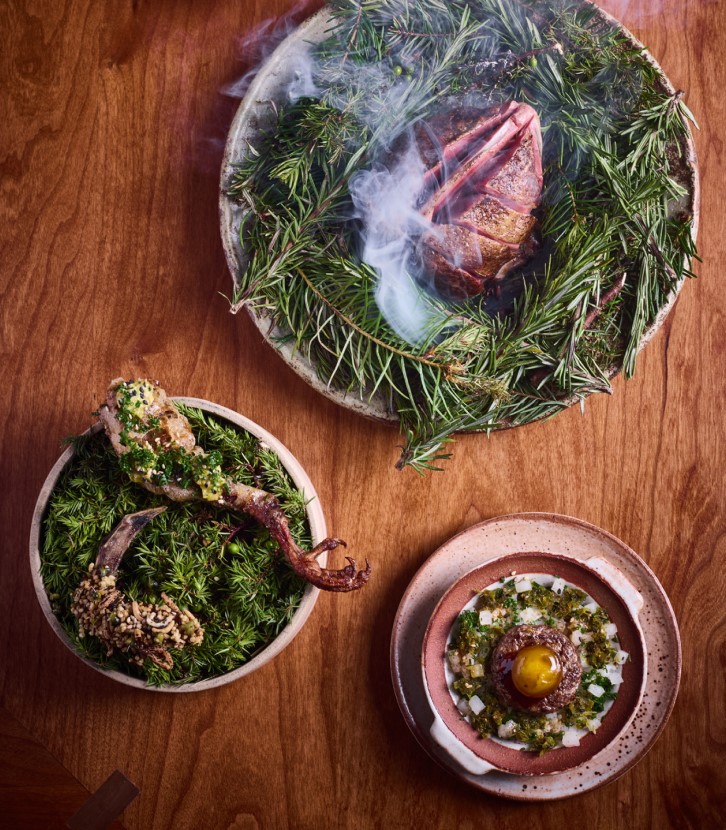With spring knocking at the door and the Easter weekend upon us, we take a look at how the different Nordic countries choose to celebrate the occasion as, although they have a lot in common, each also has its own unique culture and customs.
Traditions
Easter in Sweden is a time for family and although many of the customs may be rooted in Christianity, they are now maintained more for tradition than religious reasons.
Many Swedes have summerhouses in the country and the first long weekend of the summer provides a chance to open them up, air them out and dust them down. Wood fires are lit and relatives from around the country arrive to celebrate together.
Maundy Thursday is the day to bring in birch twigs, place them in a glass of water and decorate them with brightly coloured feathers, hand-painted eggs and small ornaments. This custom has its origins the 17th century, when whips were used by the patriarch of the family to remember Jesus’ suffering. The vase sits on the Easter table alongside colourfully decorated paper eggs.
According to Swedish folklore, Maundy Thursday was also the day that witches flew off on their broomsticks to consort with the Devil at Mount Blåkulla (Blue Hill), supposedly snatching children on their way to present to the Devil. They returned on Easter Saturday and many people, particularly in the southwest, light large bonfires (påskbrasor) on this day to scare them away.
Children dress up as påskkäringar (witches), wearing old dresses and headscarves, and painting rosy cheeks and freckles on their faces. They go around the town or village delivering påskbrev (Easter letters). These drawings were initially a gift to friends and accompanied by sweets, however, the custom has now turned itself around and in return for handing out letters in the neighbourhood, the children are rewarded with treats.
Easter Saturday sees a meal called påskbord – a version of the classic smörgåsbord – with an essential part being eggs and salmon served several different ways, both cold and hot. These will be accompanied by sill (pickled herring), quiches or flans, meatballs and new potatoes with dill. Janssons frestelse (Jansson’s temptation), a creamy casserole of potatoes, onions, sprats and breadcrumbs, is also popular. Dinner on Easter Sunday is usually lamb accompanied by leftovers from the day before, and dishes containing marzipan are a favourite for dessert.
Drinks choices include beer, aquavit (a 500 year old caraway-flavoured spirit whose name means ‘water of life’) or påskmust, a dark brown fizzy drink flavoured with secret ingredients; the latter was invented in 1910 as a non-alcoholic alternative to beer and resembles a sweet root beer. Many Swedes will turn up to dinner with nubbe, small bottles of snaps/aquavit.
Easter Sunday in the southern province of Skåne means a game of äggpickning. Each contestant brings a painted hardboiled egg and, in a knockout contest, the eggs are struck against each other, end to end, until one cracks. The winner keeps their opponent’s egg and moves on to the next round until there is an overall champion.
Chocolate eggs are less common here than in other countries, as Swedes are the world’s biggest consumers of sweets. You’re more likely to find beautifully decorated paper or plastic eggs filled to the brim with sweet treats than those made of chocolate.
The MICHELIN Guide Inspectors' Favourite Hotels
April in Sweden marks warmer days and more hours of daylight. So why not book yourself a long weekend and see what the country has to offer? Here are some of the Inspectors' favourite places to stay:Modern: Nordic Light Hotel, Stockholm
“Light Architect” Kai Piippo has designed an endless and seasonally variable array of lighting effects throughout this hotel. The 'Mood Rooms' feature moving patterns projected on the walls, while the backlit headboards cycle through a spectrum of tones.
Peaceful: Stallmästaregården, Stockholm
This former stable-master’s farm, and the oldest inn in the city, is situated on the banks of Brunnsviken Bay in Royal Haga Park, lending it the feel of a tranquil country retreat even though it’s just minutes from the centre of the city.
Outside the City: Steam Hotel, Västerås
A beautiful red-brick former power plant on the lakeside of an inland city has been transformed into this 18-storey luxury hotel with an 'industrial-romantic' interior. The indoor pool is heated by one of the power plant’s old turbines and the indoor water park's slides span eight floors!
Where to Go and What to Do
If you're staying centrally, follow our MICHELIN Guide itinerary around Stockholm to discover where to eat and what to do in Sweden's capital.Hero Image: The Stallmästaregården hotel in Stockholm, Sweden (© Stallmästaregården)










